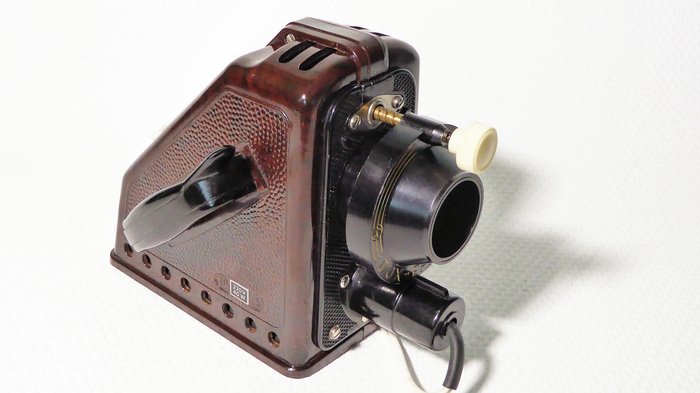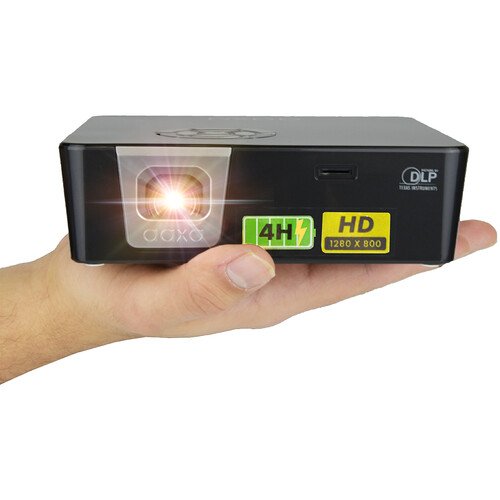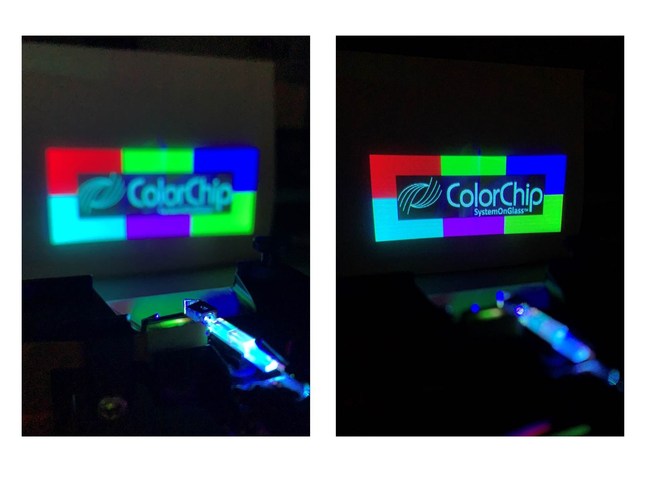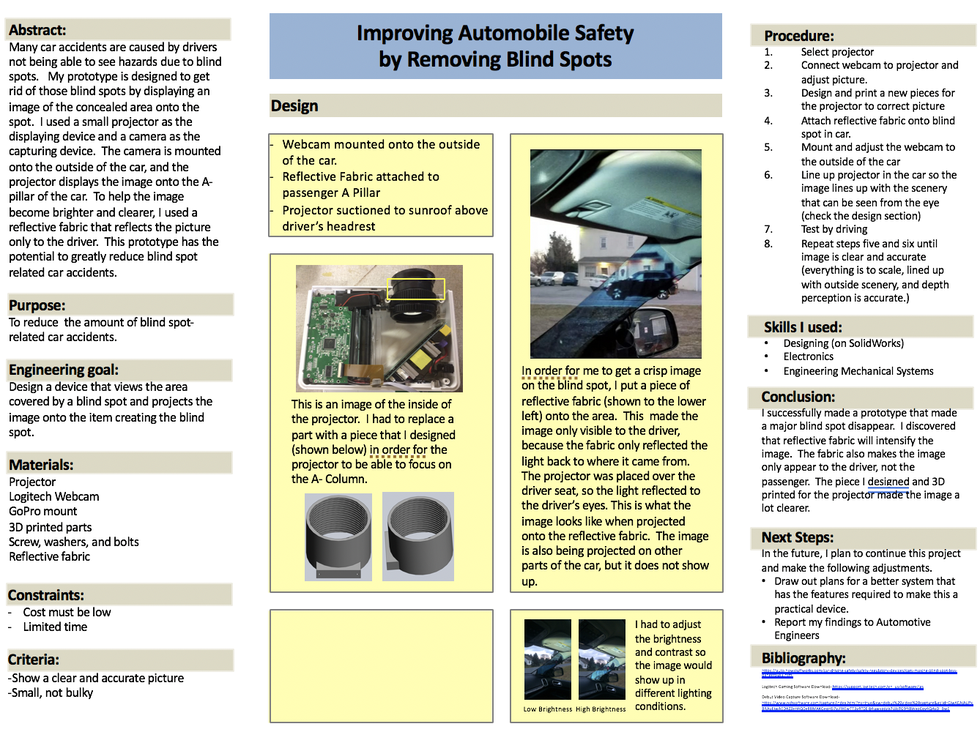For a lot of people, finding the perfect spot for TV can be tough considering the many factors like the lighting and limited space. With the increase in popularity for 4K home entertainment projectors, many people are switching to 4K projectors instead of traditional 4K televisions. The benefits of a 4K projector setup is that you can go from 50 inch to 150 inch screen without taking up any space in your living area. It is also cheaper to buy a flat 100-150 inch screen than it is to buy 100 inch televisions.
Projectors are increasing in all aspects including throw ratio, allowing users to display 100 inch screen size with the projectors only 3-4 inches away from the screen. It used to be much more expensive to get a projector with a high lumens brightness, but now it is much more affordable. The number of lumens needed for a room is determined by the amount of ambient light in the room. If there is a high amount of ambient light then the projector will need higher lumens to properly light the screen. With modern 4K projectors ranging from 2000-5000 lumens, there are many options out there that will work best with your home setup.
When setting up your projector for your home setup, there are many options to mount or place your projector. Most will mount the projector, place it on a table, or mobile projector stand. Mounting the projector is the most common because of the fixed location and the option to hide cables into the ceiling. Mobile home theater entertainment is also becoming popular with new mini portable 4K projectors like AAXA 4K1 Projector, allowing the user to not be limited to just the living room with the size and portability of the projector.
The built in sound quality of internal speakers in the 4K projectors are good, but not movie theater experience good. To add to the home theater experience, most people will include external speakers to the setup. There are many types of external speakers that you can use, like sound bars, bookshelves speakers, or Bluetooth speakers. Sound bars are popular aesthetically because of the form factor, allowing users to install under or near the screen without taking up much space. One good cheap sound bar is the Bose TV Speakerswith options to connect using HDMI or optical audio. For wireless Bluetooth connection, the Sonos Oneis a mid-priced smart speaker with the option to control audio from your phone, without the hassle of running long cables from your speakers to the projector.






